(NLDO) - The tomb of Tutankhamun, the famous pharaoh of ancient Egypt, continues to reveal new mysteries about the "Osiris Awakening Ceremony".
Inside the lavish tomb of Pharaoh Tutankhamun, also known as "King Tut", scientists discovered eight strange objects, including four axes and four sticks located right inside the burial chamber.
According to a research team led by Egyptologist Nicholas Brown from Yale University (USA), the above strange objects are the oldest evidence of the "Osiris Awakening Ceremony" applied to a pharaoh.
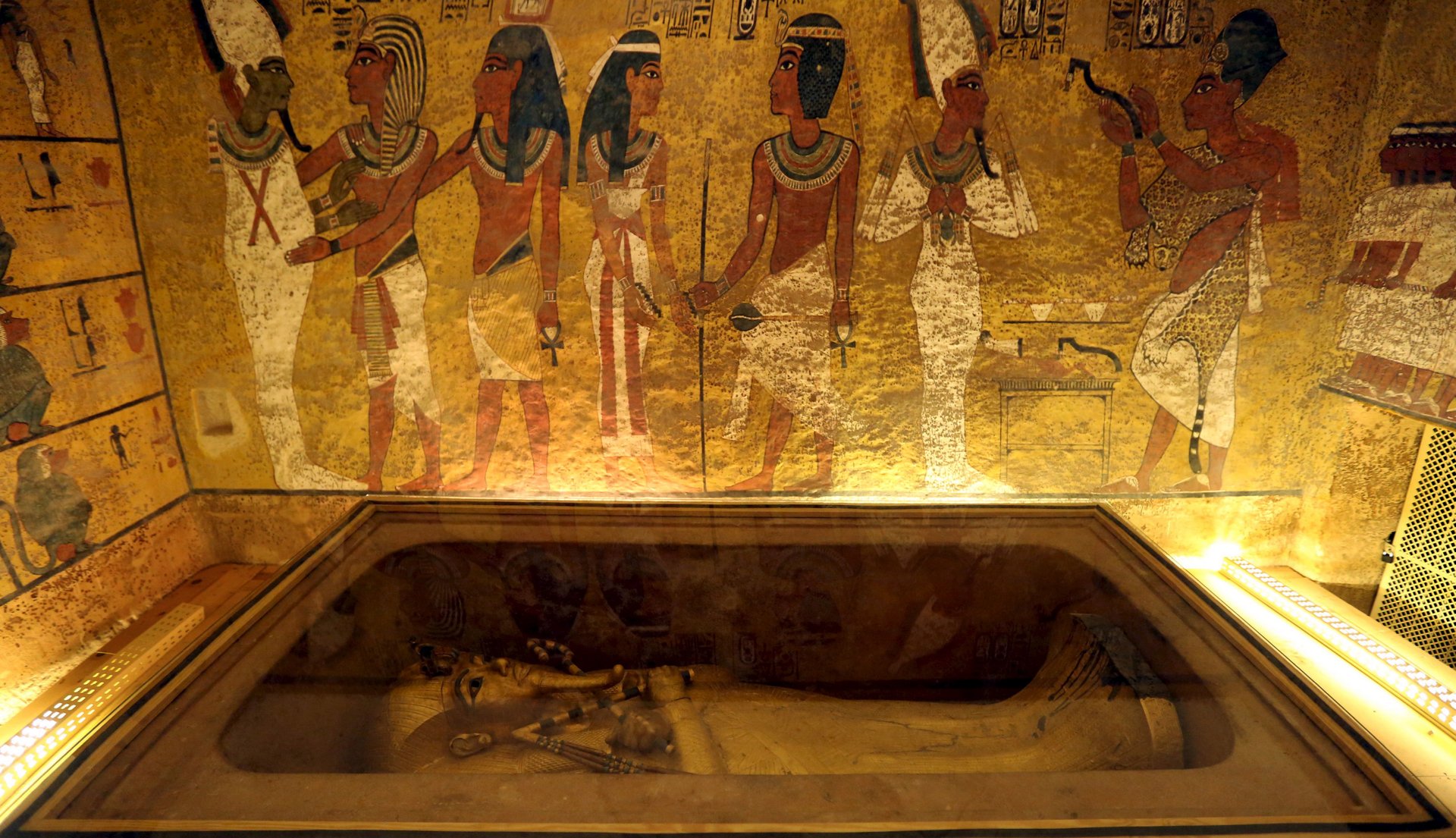
Pharaoh Tutankhamun's burial chamber inside the tomb near Luxos City - Egypt - Photo: EGYPTIAN MINISTRY OF TOURISM AND ANTIQUES
Osiris was the ancient Egyptian god of the underworld, symbolizing both death and rebirth.
According to mythology, Osiris was resurrected after being murdered by his brother Seth. At that moment, his son Horus waved a stick at Osiris and called him to wake up.
So the "Awakening of Osiris" seems to recreate this story, using four trays of liquid - possibly Nile water or wine - that were either poured over the pharaoh's mummy or poured alongside.
Meanwhile, the four sticks could represent the staff used by Horus.
Liquid offerings had great symbolic value to the Egyptians, who believed they would reverse the condition of the body and bring life.
In addition, water from the Nile River is called the "eye of Horus", a symbol of rebirth and victory over evil, including death.
The artifacts are just part of the huge funerary treasure trove in King Tut's tomb, ranging from gold, precious stones to jewelry made from rare meteorite materials.
Pharaoh Tutankhamun ruled from 1332-1323 BC, during the 18th Dynasty of the New Kingdom of ancient Egypt.
Ascending the throne at the age of 9, this pharaoh demonstrated his outstanding ability in bringing Egypt out of his father's unstable reign, becoming prosperous in just 10 years of reign.
He made a series of changes including moving the capital back to the ancient capital Thebes, restoring traditional religious practices, restoring the economy and improving diplomatic relations, building many great works...
Unfortunately, the talented King Tut died - possibly of malaria - at the age of 19. He was deified by the Egyptians, praised for his talent as well as his physical beauty.
The mummy shows that Tutankhamun had a tall body; while a 2023 study aimed at reconstructing his portrait showed that the pharaoh had a sharp, intelligent face and especially a brain volume that was superior to that of a normal person.
Source: https://nld.com.vn/8-vat-la-danh-thuc-diem-vuong-trong-lang-mo-vua-tut-196250330084532916.htm








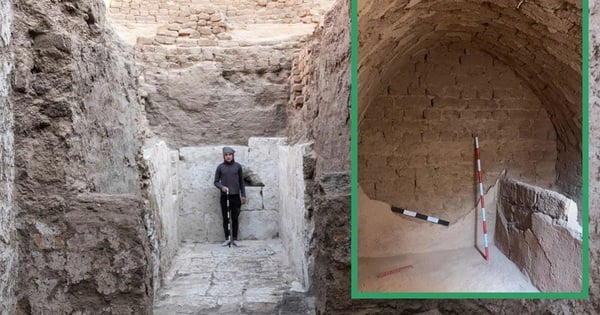

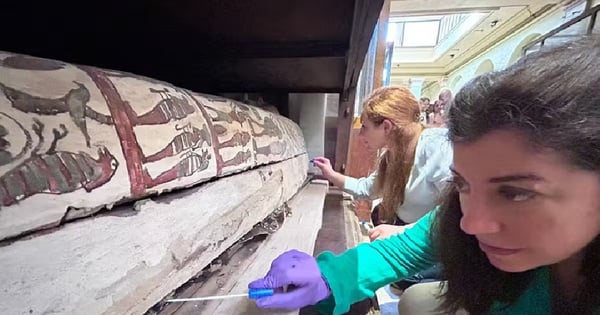
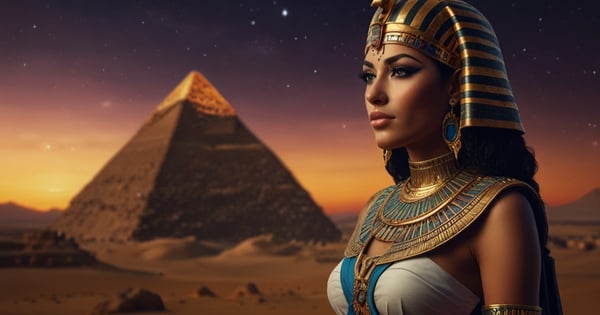

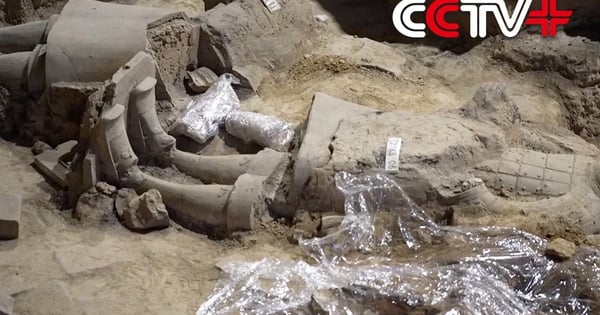
















![[Photo] "Beauties" participate in the parade rehearsal at Bien Hoa airport](https://vstatic.vietnam.vn/vietnam/resource/IMAGE/2025/4/11/155502af3384431e918de0e2e585d13a)












































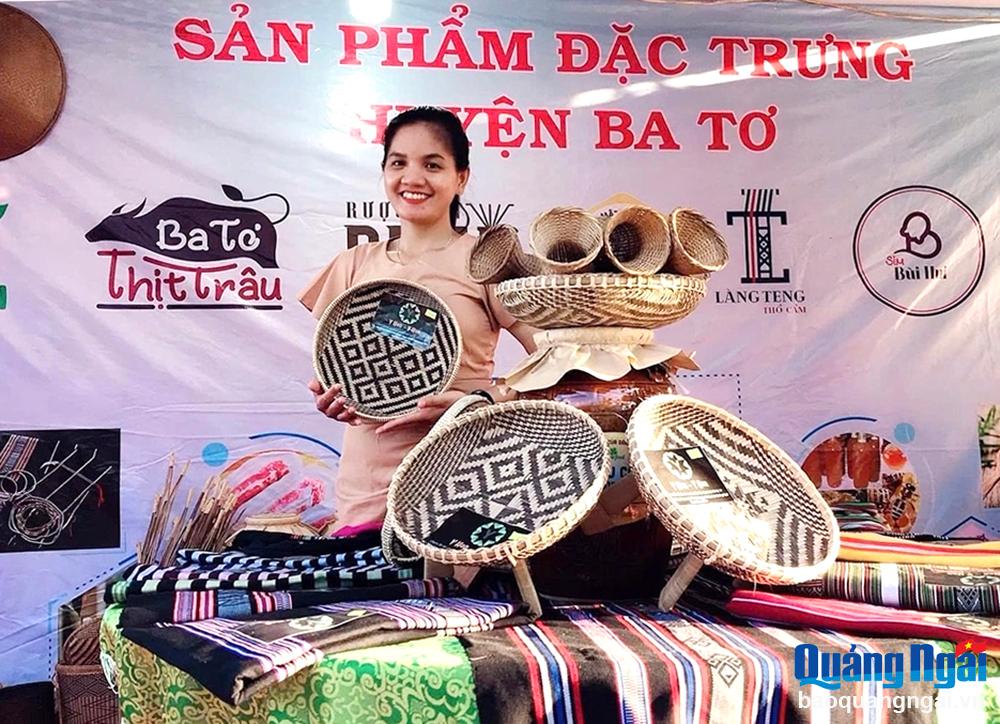




















Comment (0)